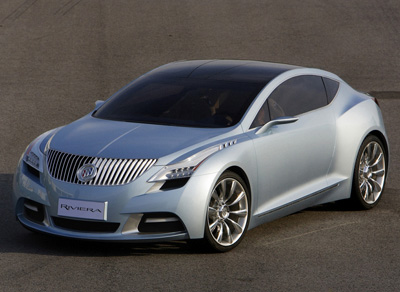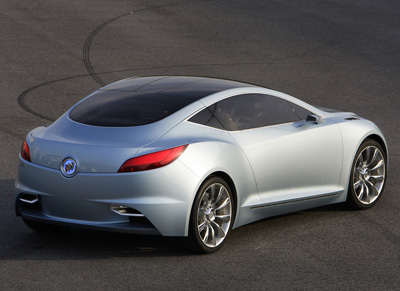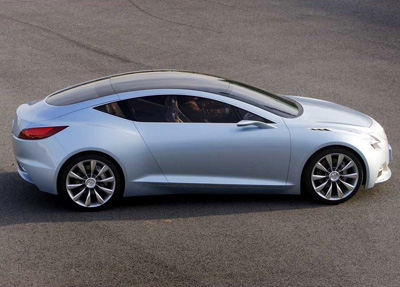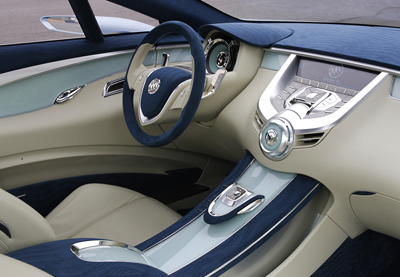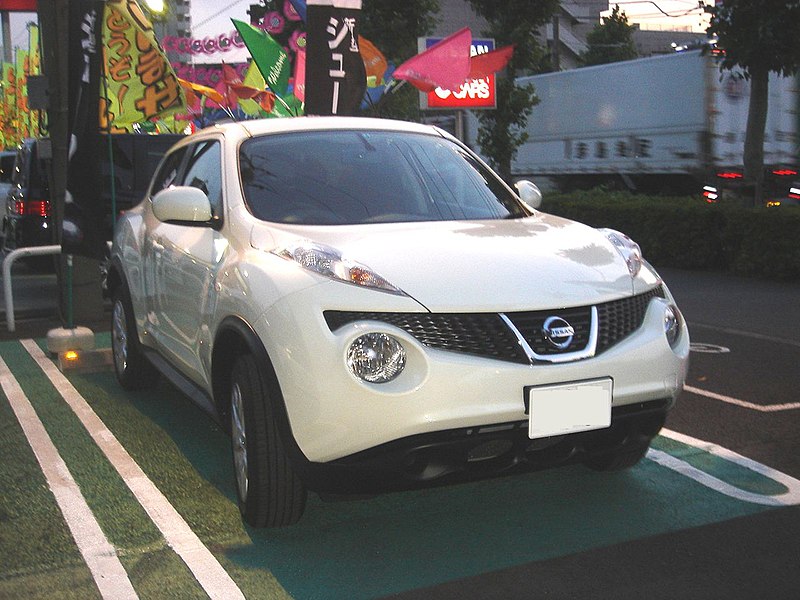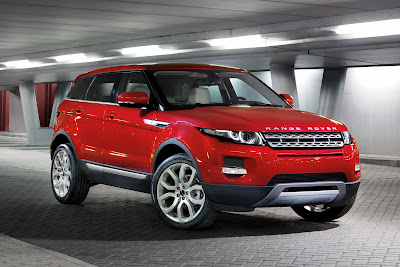If the car you see here looks somewhat familiar, it should. It appeared in concept form at last spring's Beijing Motor Show as the Buick Invicta concept. At the 2009 Detroit Auto Show, the Invicta becomes the 2010 Buick LaCrosse. Like many recent examples, the Invicta was a less a concept than a very mildly disguised version of the upcoming production car. Just before the Christmas break, General Motors gave the media a preview of the new production LaCrosse in the design dome at the company's tech center in Warren, MI.
GM North America VP for Buick-Pontiac-GMC Susan Docherty, global mid-size car vehicle line executive Jim Federico, and Buick brand character chief designer Dave Lyon provided a run-down for us on the new LaCrosse. The mid-size Buick is the first North American market application of the revised Epsilon II architecture that debuted last summer as the basis of the Euro-only Opel Insignia. Follow the jump and we'll tell you all about it.
For 2010, the LaCrosse has departed from the rather uninspired car that's worn the badge for the last several years. The more upright, traditional sedan profile of the existing car has been abandoned in favor of the increasingly fashionable fastback look of other competing premium sedans like the Acura TL and Lexus GS. The profile and other design details draw heavily on recent concepts like the Velite and Riviera.

A combined team of designers from North America and China were responsible for shaping the LaCrosse. At the front, the waterfall grille is pure Buick with the hood cut-line following the top edge of the headlamp clusters. A pair of ridges flanking a slightly concave hood extend back from the corners of the grille and then flow up the A-pillars, over the roof and finally blend into the trunk-lid cut-line. The LaCrosse, of course, has the required Buick portholes even if they are fake. Interestingly, the design team opted to put them on top of the hood just inboard of the ridge rather than on the fenders as traditionally done. While this certainly makes them more discreet, one has to wonder why bother at all?
The contours along the flanks that were most clearly distilled in the 2007 Riviera concept are carried over fully formed on the sedan. A convex crease flows back and down from the trailing corner of the headlamp with a echoing concave crease coming up from the bottom corner of the wheel arch. The upper crease then cuts upward and over the rear wheel to create the signature Buick "sweep-spear." The spear then flows into the LED tail-lamp clusters that help to tie everything together at the rear.
One of the design elements that Lyon highlighted is the chrome trim pieces around the windows, lights and interior. The trim varies in width over its length, which Lyon described as giving an impression meant to evoke Chinese calligraphy. It's a subtle touch that helps provide visual interest without being too over the top.
Inside the LaCrosse gets a multi-layered look with trim that flows from the doors into the dashboard. Unlike many previous attempts by GM to get this appearance, the pre-production car we saw at least had the door panes and IP properly aligned. Hopefully production samples will exhibit similar attention to detail. A floating pod containing various accessory controls sits above the center console that sweeps downward and back between the front seats.
The instrument panel of the LaCrosse (and other Epsilon II variants) has been pushed up and away from the front row occupants, an approach meant to enhance the feeling of roominess. In lower light conditions, the various cavities in the interior are bathed in a soft blue-green ambient lighting similar in style although not as abundant as the Riviera concept. The LaCrosse is also available with a heads-up display system for the first time.
When equipped with the optional rear seat entertainment system, a pair of LCD screens are actually integrated into the front seat backs. The screens flip upward to a position behind the head rests. This provides a better viewing angle for rear seat passengers while leaving the roof free for a larger moonroof.
Under the hood, the LaCrosse gets a choice of two direct-injected V6 engines. The CX and CXL models get the new 3.0L (below, left) that debuts this year putting out 255 hp and 211 lb-ft of torque. The top CXS model gets the existing 3.6L (below, right) with 280 hp and 261 lb-ft of twist.
The platform that underpins all of this is the new global mid-size architecture, also known as Epsilon II. The hardware is an evolution of the greasy bits under the existing Chevy Malibu and Saturn Aura and was first seen under the new Opel/Vauxhall Insignia. Like the 2010 Cadillac SRX, which shares some of this hardware, the LaCrosse defaults to front-wheel drive, but a Haldex all-wheel-drive system is optional. The AWD system can send up to 85% of the drive torque to the rear axle.
The Epsilon II platform team is lead by Federico and based out of GM's European engineering headquarters in Russelsheim, Germany. Reducing noise, vibration and harshness was one of the big motivations in the new architecture, and a 20% stiffer body structure was a big part of that. So was acoustic laminated glass all around and triple seal doors to keep out ambient noise. The powertrain is now mounted on a six-point cradle compared to the four-point unit on the old car.
The LaCrosse also now gets electronic stability control as standard equipment, which includes trailer stabilization functionality. This is the first GM car to get trailer stabilization in the U.S. market and is among the first, if not
the first, passenger car with this feature. The system works by detecting when a trailer is starting to sway back and forth and applying the brakes to one side of the car and then the other to balance it out and bring things back under control. Similar systems are now available on the 2009 Ford F-150 and Dodge Ram.
Visually the LaCrosse looks smaller than its predecessor, an illusion caused by the fastback roofline. However, it's actually almost the same size, with a wheelbase 1.2 inches longer and body that's one inch shorter. It also sits 1.4 inches taller. Unfortunately, where the LaCrosse really differs dimensionally is bulk. All that new equipment, stiffer structure and glass adds mass, about 500 lbs worth in this case.
The 2010 Buick LaCrosse is scheduled to start production in summer 2009 at GM's Fairfax KA assembly plant alongside the Chevy Malibu and Saturn Aura. We'll hopefully be spending some time behind the wheel of one, so keep your eyes on Autoblog for driving impressions of Buick's newest player in the luxury sedan segment.
